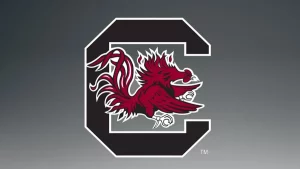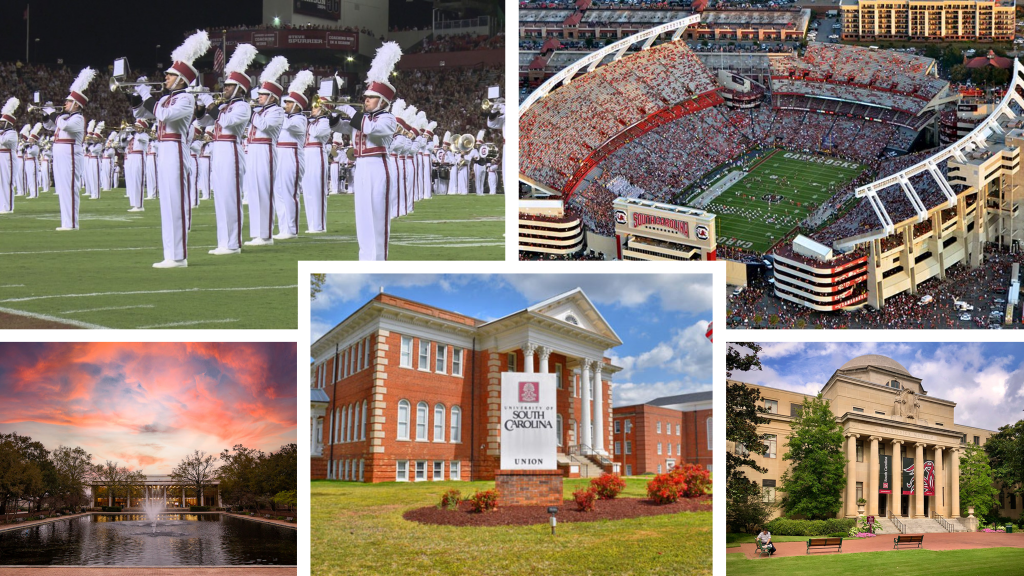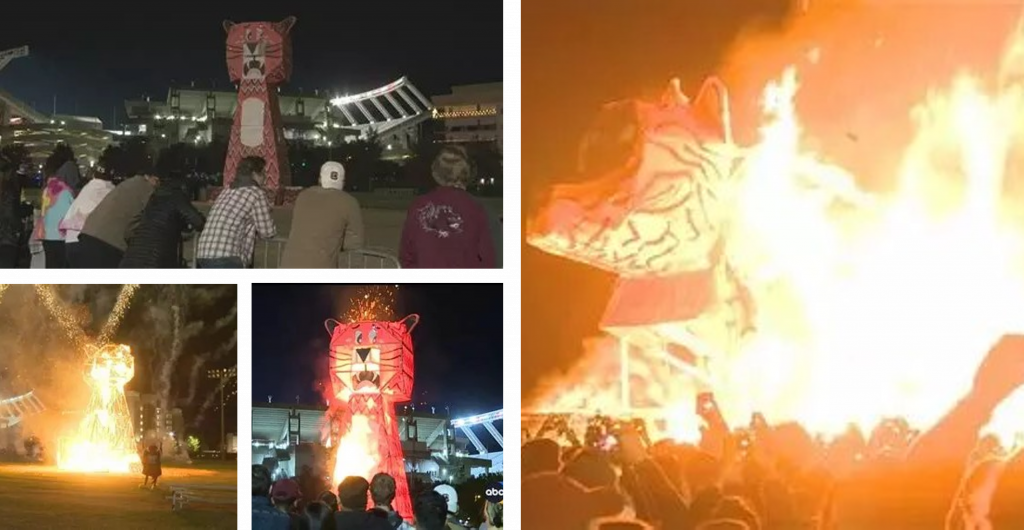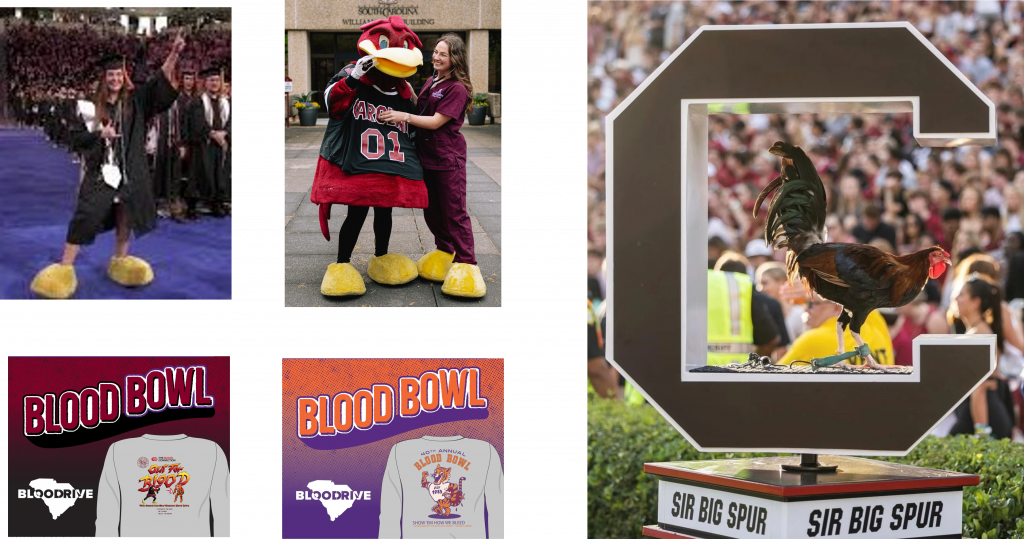
Go 'Cocks!
University of South Carolina
Location: Columbia, SC
Nickname: Gamecocks
Type of School: Public Research University
Mascot: “Sir Big Spur VII” (Red Fighting Gamecock)
Total student body: 36,579 (Fall 2024)
University Established: 1801
Football Stadium: Williams-Brice Stadium
Capacity: 77,559
Team Colors: Garnet and Black

Alma Mater
We hail thee, Carolina, and sing thy high praise
With loyal devotion, remembering the days
When proudly we sought thee, thy children to be:
Here’s a health, Carolina, forever to thee!
Traditions
"Tiger Burn"

The in-state rivalry and subsequent traditions born from the University of South Carolina and Clemson University’s vitriol ranks right up there with Alabama/Auburn, Texas/Texas A&M, and MS State/Ole Miss. Not originally being from the Carolina’s this rivalry, never really got me going. I did live in Western North Carolina for a time and most of my in-laws then went to USC. They always looked at me funny when I told them I had to go and do some work at Clemson. I didn’t ever ask what the deal was between the two schools, because I figured my in-laws were gonna look at me funny no matter what I did.
I did go on a deep dive preparing to write this piece, but I came across an article written by Alan Pearcy in 2023 and I figured I could live 100 lifetimes and not write about this rivalry as eloquently as Mr. Searcy.
This item was originally published on Aug. 19, 2023. by Alan Piercy, the author of A Gamecock Odyssey: University of South Carolina Sports in the Independent Era (1971-1991).
“Standing on the wall between the two crowds, I could see the true situation.”
It was bound to happen sooner or later.
Take a toxic history between two state colleges, the stimulating elements of a violent game, and a resounding upset leading to unbridled jubilation on one side, and 400 armed and angry cadets on the other. Mix in youthful indiscretion and perhaps some illicit sipping of contraband hootch amid the garish spectacle of a carnival atmosphere. Downtown Columbia was an oxygen-rich environment following the Carolina-Clemson football game of 1902. A simple spark would set it all off.
The spark came in the form of a drawing by F. Horton Colcock, a professor at the University of South Carolina, which at the time was chartered as South Carolina College. The large drawing, which papers described as a “transparency,” hung in the window of a Main Street tobacco merchant, depicting a bedraggled tiger prostrate beneath a crowing gamecock. Innocuous under normal circumstances, the transparency set off a chain of events in that charged atmosphere which led to the brink of an armed battle at the gates of USC’s normally tranquil Horseshoe.
Interesting Facts
- A Gamecock is a fighting rooster known for his spirit, courage, and tenacity. Inspired by Revolutionary War General, Thomas Sumter, known for his guerilla warfare tactics in Lower S.C. He was known as “The Fighting Gamecock”. This term was first seen in regards to the University of South Carolina in 1900.
- “Cocky”, the university’s beloved mascot, made his debut at the 1980 Homecoming game. It is customary for the mascot performer inside the costume to remain anonymous until he/she graduates.
- A long-held tradition is for the students who portray “Cocky” to finally reveal their identity at graduation by wearing the mascot’s signature feet with their cap and gown.
- Perhaps the most unique tailgating tradition in college sports, the “Cockaboose Railroad” consists of 22 renovated train cabooses that sit behind the south end zone of Williams-Brice Stadium.
- Not only do the Gamecocks and Clemson Tigers duke it out on the gridiron, they also compete annually to see which school can collect the most blood donations.

Trivia
The Biscuit Rebellion: In 1852, students protested the poor quality of food, leading to the “Biscuit Rebellion,” which resulted in the expulsion of an alumnus who would later die at the Alamo.
Fires and war: A fire in 1855 destroyed Rutledge building, and the college closed during the Civil War from 1861 until after the war, struggling to recover in the following decades.
